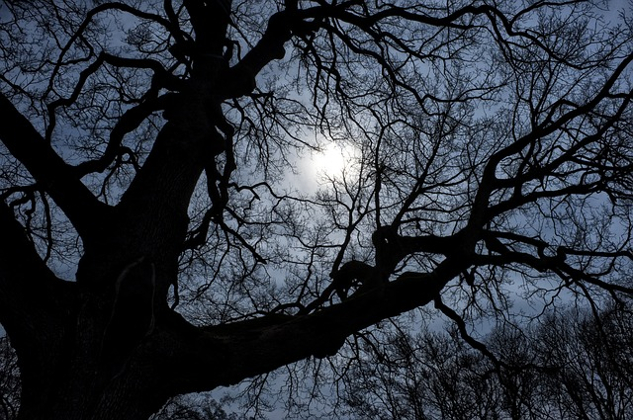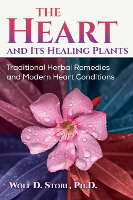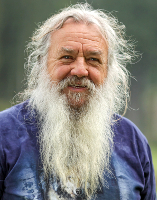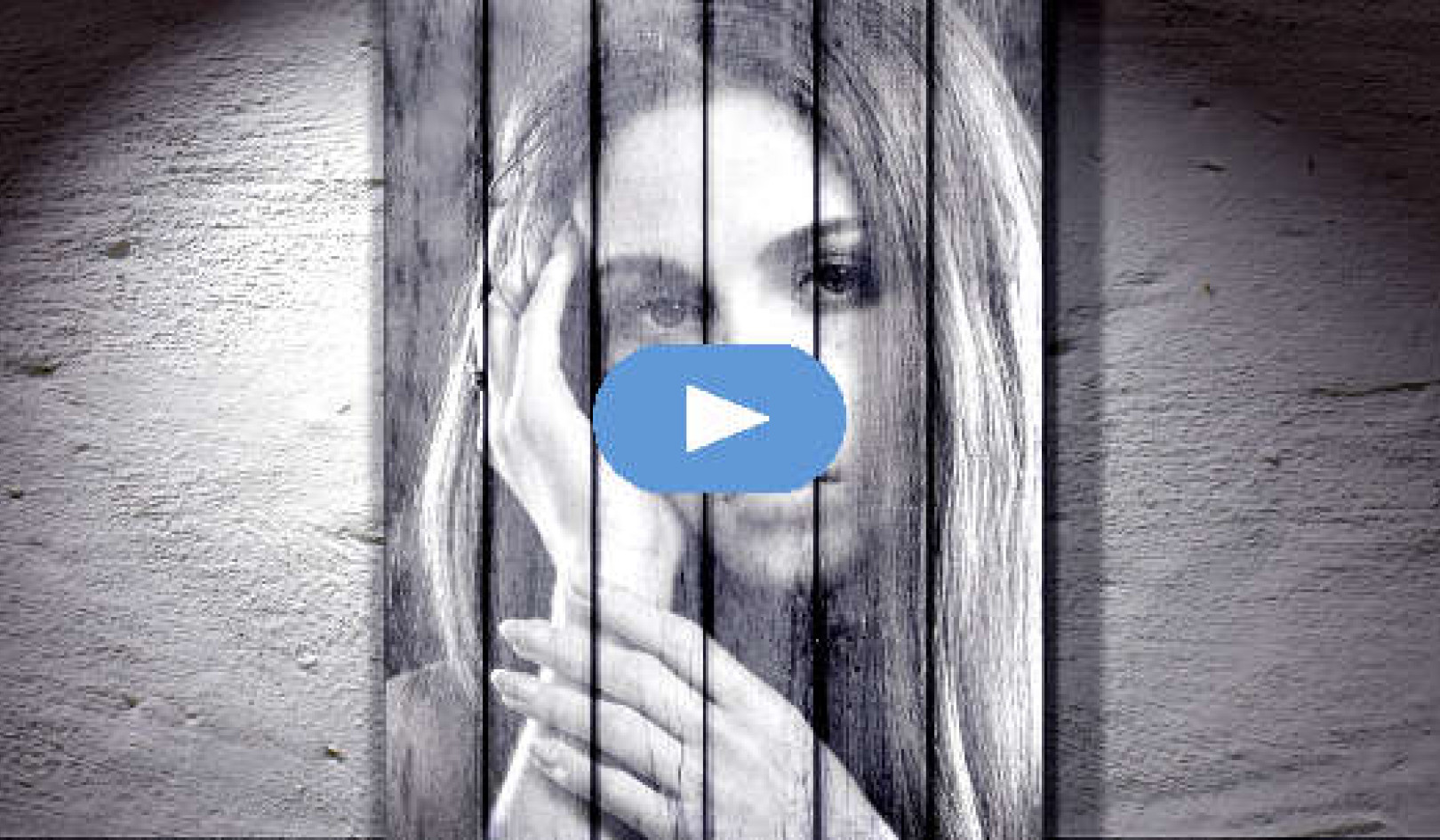
Image by FOTOKALDE
We live in diabolical times. The word diabolical truly fits; it comes from the Greek diabállein (to set at variance, to set against).
We really do live in times when what used to be ordered is jumbled, contentious, confused, and chaotic. It is happening at all levels: social and ethnic structures become ever more confounded, gender issues are chaotic, biological systems are becoming ever more jumbled, and species boundaries are bypassed through genetic engineering.
For the aim of profit and with no holds barred, genetic engineering now splices genes from disparate lines of inheritance that developed over millions of years: firefly, flounder, and snowdrop genes in potatoes; laurel tree genes in rapeseed; artichoke genes in sugar beets; bacterial genes in corn; human genes in pigs; and much more.
Ecological Systems in Chaos
Even the ecological systems that have evolved naturally over long periods of time are being churned up, made chaotic, and their organisms are under unprecedented and extreme selection pressure. Exotic plant and animal species are conquering new territory and oppressing indigenous species. In Europe, for example, American raccoons are now robbing bird nests, bullfrogs are eating the spawn of indigenous amphibians, and North American muskrats and gray squirrels are spreading, as are the Chinese mitten crab and the raccoon dog from East Asia. Spanish slugs, American corn borers, and San Jose scale insects make their way through the crops.
In the United Kingdom, the New Zealand flatworm is replacing native earthworms, thereby destroying valuable humus soil. Voracious Chinese ladybugs, introduced to protect plants from aphids, eat seven times as much as the native ladybug, which, because nothing is left to eat, starves. If they cannot find enough aphids, the Chinese beetles descend upon the grapes.
In Europe, robust plant species from distant regions—invasive plants such as giant hogweed, Japanese knotweed, Canadian goldenrod, or Himalayan balsam from Kashmir—stifle indigenous flora. Conversely, Eurasian flora and fauna in Australia, South Africa, and America cause equally immense damage.
The Social World in Chaos
The social world is likewise in complete chaos: cultural patterns that have emerged over thousands of years in harmony with the natural environment are being disrupted. The traditional human cultures of the Asian steppes, the primeval forests and savannas of Africa, and the arid environment of the Middle East now meet up with—for better or for worse—the multicultural, global milieu of big cities.
Can cultures be transplanted just like organs are? The traditional family, as a building block of traditional social organization, is increasingly being replaced by single households, patchwork families, same-sex relationships, and other alternatives. Even the language, the cultural bond of civilizations, which also links tribal societies to their natural environment and their history, is becoming globalized or “McDonaldized.”
Since the Eskimo in Alaska no longer speak Inuit but instead the language of a distant island in the North Sea, it is ever harder for them to survive by their traditional hunting. The indigenous words are missing to describe the various states of ice and snow, the behavior of marine mammals, and other conditions necessary for survival in their world of ice. The language of the colonial rulers has not grown organically in this specific environment and is not adapted to the landscape, the climate, and the way of life, as is the language of the natives.
Languages are part of the ecology. With every language that goes extinct, the ancient, millennia-old wisdom of the ancestors is lost. Deeper connections can no longer be readily recognized and communicated (Nettle and Romaine 2000, 69).
The transplanting of organs and the international organ trade are also part of the diabolical zeitgeist, which, like a mental cyclone, shakes everything up. It seems as if the cards have been reshuffled, the field plowed to receive a new crop. It is the dance of angry Kali, the Shiva Tandav dance, the dance of destruction, the ever-faster dance of dissolution that precedes re-creation (Storl 2004a, 140–41).*
*Tān.d.avam (also known as Tān.d.ava natyam) is a divine dance performed by the Hindu god Shiva. Shiva’s Tandava is described as a vigorous dance that is the source of the cycle of creation, preservation, and dissolution.
The Seat of the Soul
In the science of antiquity it was not the brain that was seen as the seat of the soul but rather the whole body with all its organs. This idea flourished again in the Renaissance with the teaching of the planetary gods. The universe was perceived as a weaving of invisible forces that pulse through the entire cosmos—the landscape, people, animals, plants, stones, metals, and the starry sky.
The primal impulses came from the fixed stars, the twelve regions of the zodiac. Changed, interwoven, and mixed, these impulses were then further transformed by the seven (visible to us on earth with the naked eye) “moving stars,” the planets. These celestial bodies were not seen as lifeless, rotating spheres of dust and matter but as deities.
Above the sun are the so-called superior planets: Saturn on the edge of the fixed stars, then, respectively closer to the sun, Jupiter and Mars. Nearer to the earth are the inferior planets: Venus, Mercury, and the moon. Between the superior and inferior planets, the living heart of all greater nature, the sun, moves along the ecliptic, shining for all that exists. Each planet corresponds to an organ of the macrocosmic soul.
The Microcosmic Sun
The human being, the small microcosmic world, mirrors the macrocosm. In humans, the heart is the sun. The major organs rotate their energies as inner planets around the sun.
Here, too, everything is interrelated. The organs, the inner planets, pulse their energies throughout the whole body. In this way, the heart radiates its living light into the microcosm; it is the same light that shines back out through the eyes. Seen in this way, the eyes are the gateway to the soul, to the heart. Paracelsus writes (Volumen Paramirum, 1585):
The heart is the sun, and as the sun shines on the earth and affects it, likewise the heart affects the body. And if this effect does not come from the sun directly, then it is from the body, for the body must have enough sun in its heart. Likewise, the moon can be compared to the brain, and the brain to the moon. (quoted in Rippe and Madejski 2006, 100)
The brain belongs to the moody, changeable moon; it is a sensitive silver mirror that reflects. The clever, devious quicksilver-like Mercury, which circulates the lymph and controls the mind, has its organ in the lungs. Lustful Venus has its seat in the kidneys. Mars, which gives courage but also anger, is connected to the gallbladder. Jupiter, the god of the fullness of life as well as of gluttony, is associated with the liver and gives dignity and maturity. Old Saturn, the slowest planet whose organ is the spleen, can embitter our soul, make it melancholy, or fill it with crystalline wisdom.*
*For more on these planetary correspondences, see Wolf D. Storl, Culture and Horticulture (2013) and The Herbal Lore of Wise Women and Wortcunners (2012).
Other cultures also knew of such comprehensive, holistic systems in which the organs were described as bearers of psychic qualities. Traditional Chinese medicine (TCM), for example, speaks of the Seven Emotions (Qi Qing) (Ots 1990, 45; Heise 1996, 56).
According to TCM, rage and aggravation accumulate in the liver. The kidney is prone to anxiety and fear. Grief, worry, or nervousness gather in the lungs. Anxious brooding has its seat in the spleen. And the heart, which can sense whether it is targeted with loving or hateful intentions, is prone to joy and fright.
Copyright 2024. All Rights Reserved.
Adapted with permission of the publisher,
Healing Arts Press, an imprint of Inner Traditions Intl.
Article Source:
BOOK: The Heart and Its Healing Plants
The Heart and Its Healing Plants: Traditional Herbal Remedies and Modern Heart Conditions
by Wolf-Dieter Storl Ph.D.
 Renowned ethnobotanist Wolf D. Storl, Ph.D., examines traditional understandings of the heart from early European cultures and indigenous peoples as well as a wealth of plants used in both ancient and contemporary times to treat heart conditions and ailments. He examines what makes the heart sick, including different healing paradigms used to address the causes. He also looks at how time is perceived by the heart and how the modern epidemic of heart disease can be linked to our culture’s pervasive disconnection from nature’s rhythms.
Renowned ethnobotanist Wolf D. Storl, Ph.D., examines traditional understandings of the heart from early European cultures and indigenous peoples as well as a wealth of plants used in both ancient and contemporary times to treat heart conditions and ailments. He examines what makes the heart sick, including different healing paradigms used to address the causes. He also looks at how time is perceived by the heart and how the modern epidemic of heart disease can be linked to our culture’s pervasive disconnection from nature’s rhythms.
Sharing a holistic view of the heart—and heart disease—this book reveals new ways to heal the heart by recognizing its integrated role in our physical, emotional, and spiritual wellness.
For more info and/or to order this book, click here. Also available as a Kindle edition.
About the Author
 Wolf D. Storl, Ph.D., is a cultural anthropologist and ethnobotanist who has taught at Kent State University as well as in Vienna, Berne, and Benares. He is coauthor of Witchcraft Medicine and author of more than 30 books on indigenous culture and ethnobotany in German and several in English. He lives in Germany.
Wolf D. Storl, Ph.D., is a cultural anthropologist and ethnobotanist who has taught at Kent State University as well as in Vienna, Berne, and Benares. He is coauthor of Witchcraft Medicine and author of more than 30 books on indigenous culture and ethnobotany in German and several in English. He lives in Germany.
Visit the Author's Website: https://www.storl.de/english-books-by-wolf-d-storl/
More books by this Author.




























